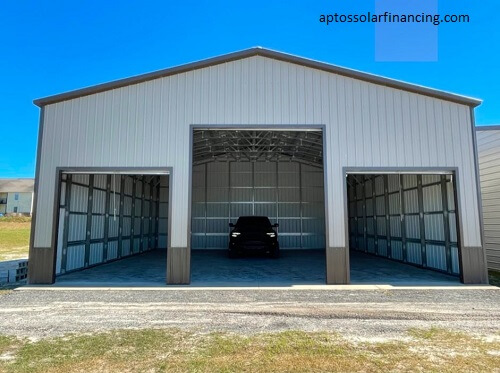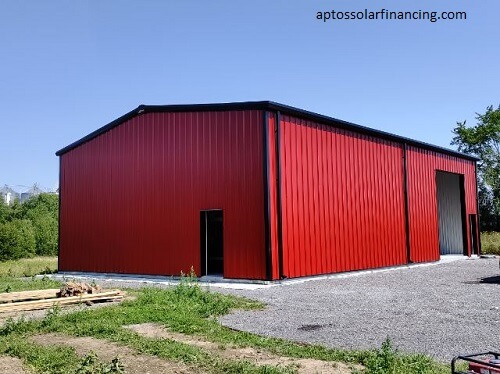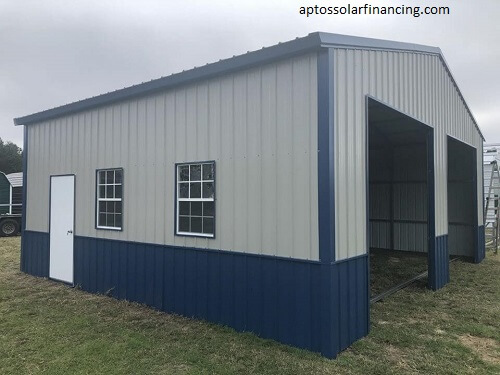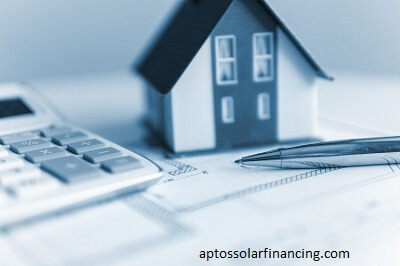Metal construction finance. A comprehensive guide to lending and financing choices:
Introduction:
Thinking of financing your steel roof? There are a few things you need to know. This book covers the basics of financing a steel building, including specific options. We will also go through the pros and cons of each so you can make an informed decision.
Where do you get financing for metal buildings? How many financial years are possible? How would I do it?
Financing a steel roof can be difficult. Many lenders are unaware of these buildings and the many benefits of steel in construction. They may have seen only a handful of these projects and have little experience to draw from. And banks don’t want to take the risk of financing something they don’t fully understand.
Before approaching potential lenders, do your research and prepare:
Create a list of lenders with metal building experience:
The more experience, the better, especially with the type of metal building you’ll be constructing.
Avoid lenders that have separate construction and mortgage divisions. You do not want to cope with two sets of criteria at the same bank! (Recommendations can be found farther down the page).
Thoroughly research and document all prices:
Prepare to know how much investment you want or can make. The more credible and precise the information you provide to the possible lender, the less risk you remove and the greater your chances of receiving a good response. (If you haven’t already received estimates for your building kit, we can connect you with up to four suppliers. Click here to obtain competitive quotes.
Have engineering drawings and floor plans ready:
Again, the more information you supply, the lower the risk to the bank and the higher your chances of receiving a good response.

Steel Building Financing Options:
Home Improvement Loans:
The optimal choice for smaller constructions and short-term finance.
Construction loans and mortgages:
Best suited for larger-scale projects that require longer-term finance, such as residences and commercial structures.
Agricultural and rural property financing:
Most ideal for farms and rural properties larger than five acres.
Loans for Metal Buildings:
Home Improvement Loans:
Ideally suited for smaller structures like garages, workshops, and sheds.
- Loan amount: $1,000 to $50,000.
- Term: 2 to 12 years
- APR: 4%-20%
- Minimum credit score: 660-850.
A home improvement loan is an unsecured personal loan. It is not a mortgage or reverse mortgage, and you are not required to furnish collateral.
It is prudent to conduct extensive cost research, including any design alternatives or changes to the project. Then add about 20% to account for unexpected complications, escalating material costs, and errors in the original estimates.
Pros and Cons of Home Improvement Loans:
Pros:
- A regular monthly payment might be as low as $1,000.
- Fixed interest rates.
- Does not endanger the safety of your home.
- Simple to apply for (these days, you may usually apply by phone or online).
- Quickly obtain the loan.
Cons:
- Requires taking on debt for an extended length of time.
- The loan amount is fixed in advance, so there is limited room for unanticipated cost increases.
- Higher interest rates compared to a secured loan.
HELOCs (Home Equity Lines of Credit):
Advantages of a HELOC.
Can offer a large line of credit.
Flexible financial access.
Allows use for any purpose.
Competitive rates.
Long payback durations keep payments manageable.
Cons of a HELOC:
- Longer payback periods may result in a larger total payment amount.
- Tied to the equity in your home (your home serves as security for the loan, and failure to make payments may result in the loss of your home).
- Interest rates for HELOCs vary. Some banks have safeguards in place to ensure that the rate does not climb by more than 2% each year, but even this can significantly increase your payments.
- The disadvantage of “flexibility” is that the borrower may get into problems if an emergency arises or if they are enticed to purchase non-essential items with HELOC cash.
- Construction Loans and Mortgages
The loans are best suited for residential, retail, and commercial structures:
- Loan amount: $5,000 to $50,000.
- Term: 2–5 years
- APR: 5%-30%
- Minimum credit score: 560-680.
A construction loan is a short-term, high-interest loan used to construct a house. It may last a year and covers land, materials, and construction expenditures. Before filing your application, you will need to establish precise budgets and strategies. Because your home is not used as collateral, the loan will often have a higher variable interest rate than a mortgage.
Construction loans are more sophisticated than standard mortgages, therefore it is best to find a lender with extensive experience in this type of finance.
The availability of resources is just one of several crucial elements to consider. When this article was first established, steel supplies had been volatile for several years, with occasional price increases. This must be considered when borrowing. For example, if you wait two months to finish the paperwork and haven’t locked down the price of your project, you may fall short of the loan amount.
What is a construction-to-permanent loan?
(Also known as a single-closure loan or one-time close OTC.)
This is a single loan that covers all aspects of the process, including land purchase, home construction, and mortgage financing. Otherwise, multiple loans would be required.
Pros:
- Works similarly to a line of credit, allowing you to withdraw funds as needed.
- During the construction period, you are only charged interest on the money borrowed for construction, which results in lower payments than other forms of loans.
- You do not need to go through the complete process for two distinct loans.
Cons:
- Can have a higher fixed interest rate.
- It may be necessary to make a bigger down payment.
- More documentation may be required than with other loan kinds.
- Several home renovation loan and HELOC providers.
- Local banks and credit unions.
- LightStream.
- HFS.
- PayPal.












